The Greek Experiment
The first initiative for an architecture exhibition within the Venice Biennale was taken by La Biennale di Venezia in 1975 when Vittorio Gregotti was appointed as a director of Visual Arts. Since his appointment three major exhibitions were organised between 1975 and 1978 and finally in 1980 the Architecture department got detached from the Art Biennale and became independent under the presidency of Giuseppe Galasso (1979-1982), who appointed Paolo Portoghesi as director.
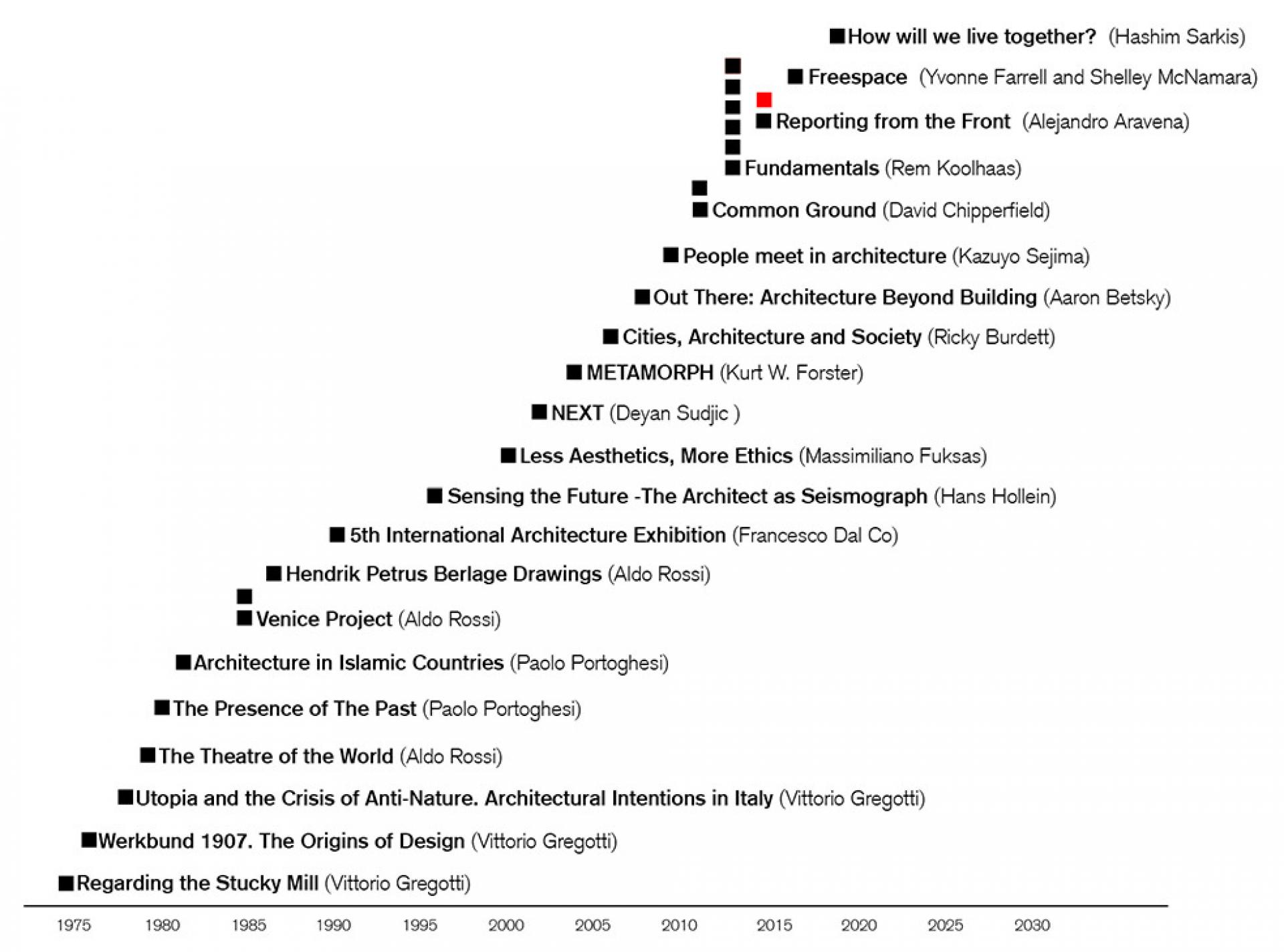
It was that year when the 1st International Architecture Exhibition was held in Venice titled "La presenza del passato". During the first 15 years there were no national pavilions participating to the Biennale, until its 5th edition in 1996 under the curation of Austrian architect Hans Hollein, who decided to follow the standards of the Visual Arts Biennale and hosted national participations for the first time.
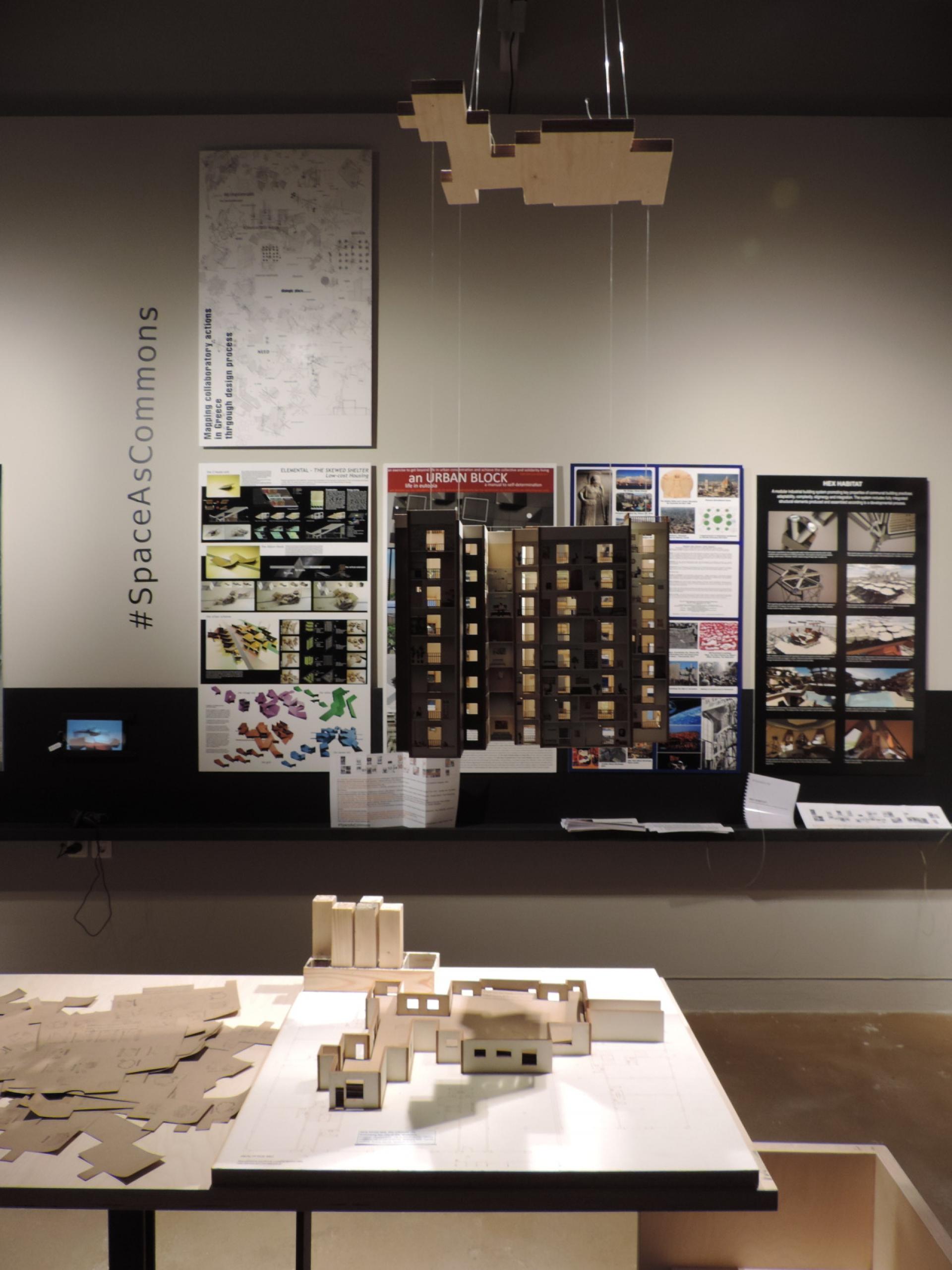
Since then, most of the national pavilions throughout the years have attempted to demonstrate each country’s architecture history and special qualities by responding to each year’s curatorial agenda. However, very often there have been cases when architecture itself was ‘overshadowed’ by a socio-political condition (e.g a war, a revolution, a natural disaster, an economic crisis, etc.) affecting one or multiple countries. In these cases, national pavilions became bold statements and curators used them as pretext to express their ideas responding to the emergent condition. In the past two decades the European economy has suffered from a deep recession followed by a migrant crisis which triggered a general instability across the continent. As a result, Architecture Biennale reflected both on a national and an international level on these cases examining how the profession and built environment have been affected by these conditions.
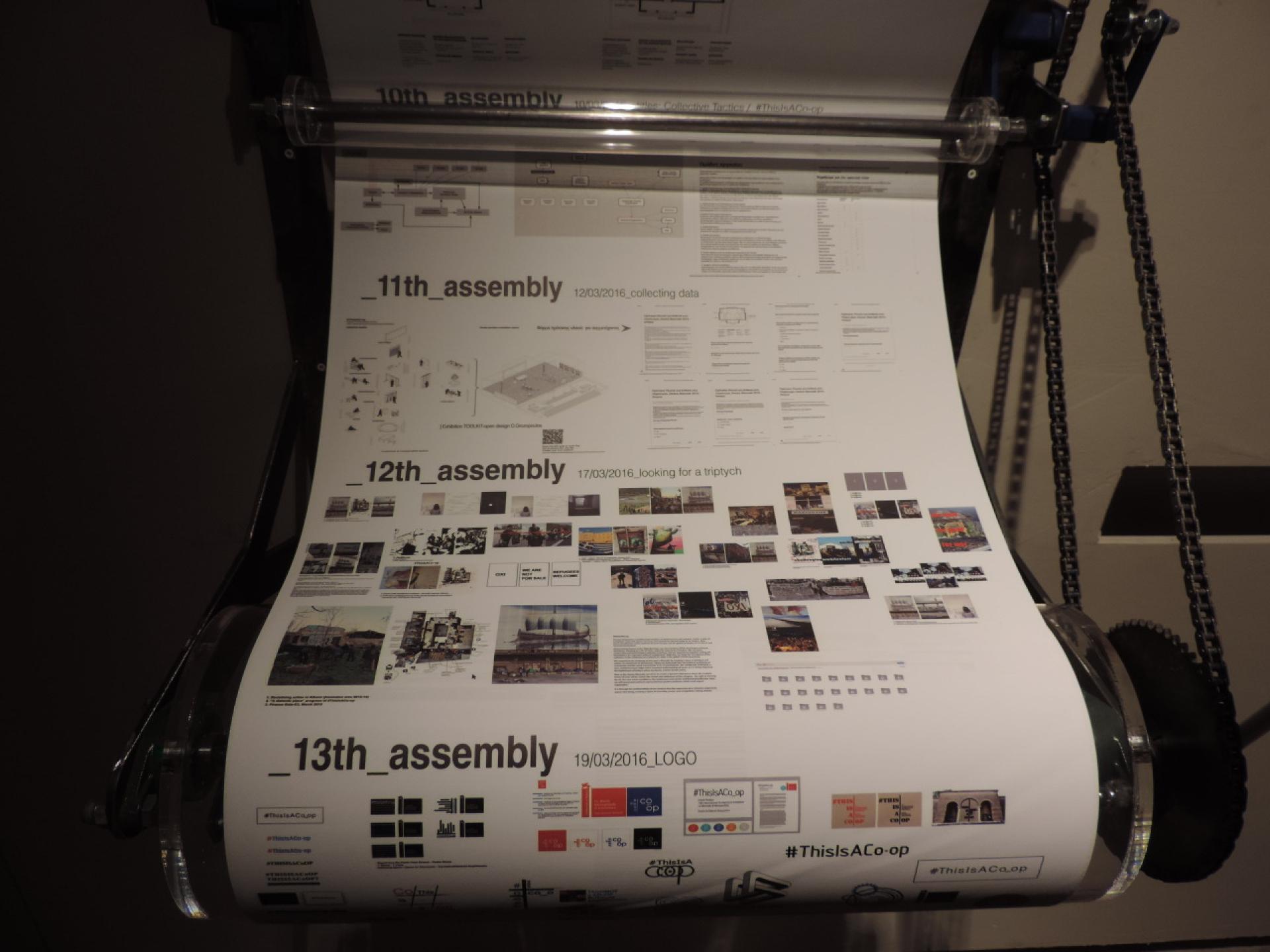
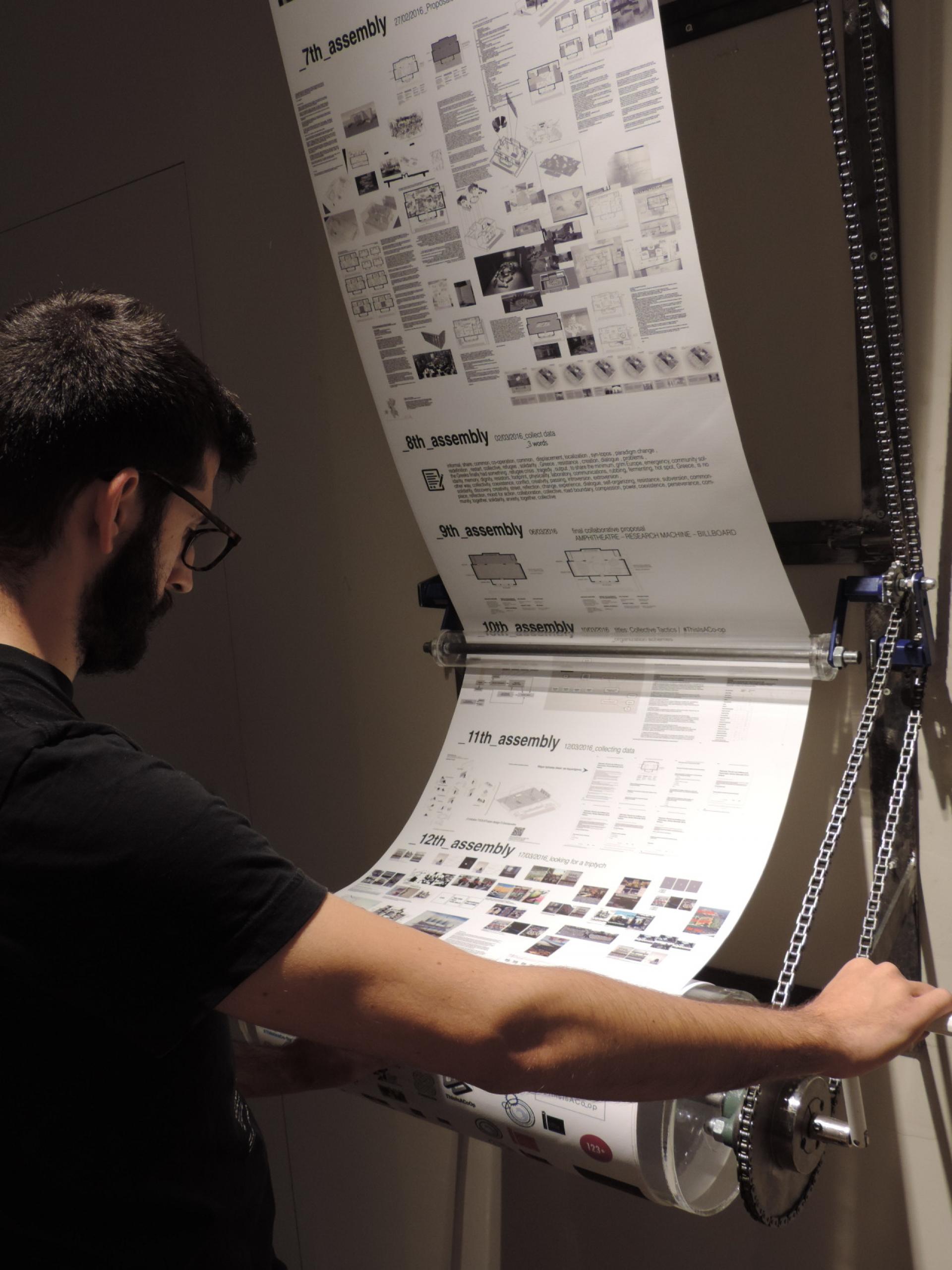
Since 2010 Greece faced a great recession and among other countries has suffered extreme austerity measures that led ultimately to a humanitarian crisis. On top of that, the turmoil in Syria, Afghanistan and Iraq pushed migrant flows towards Europe through Greece result into a refugee crisis after 2012. Within this context in the 13th Architecture Biennale curated by David Chipperfield under the theme Common Ground Athens was brought to the spotlight. As a response to the Greek crisis and economic meltdown, Panos Dragonas and Anna Skiada, the curators of the Greek pavilion, tried to address issues like the Athenian living standards and the deteriorating quality of public space focusing mainly on the typology of the Athenian apartment building, the fragmentation and decay of Athenian public space which led to the need to redefine the priorities of architectural design. In the following Biennale in 2014 under the topic Fundamentals by Rem Koolhaas, the appointed commissioner Yannis Aesopos shifted the focus from the ongoing crisis to tourism, examining how it has influenced the country’s modernisation through constructed tourism landscape.
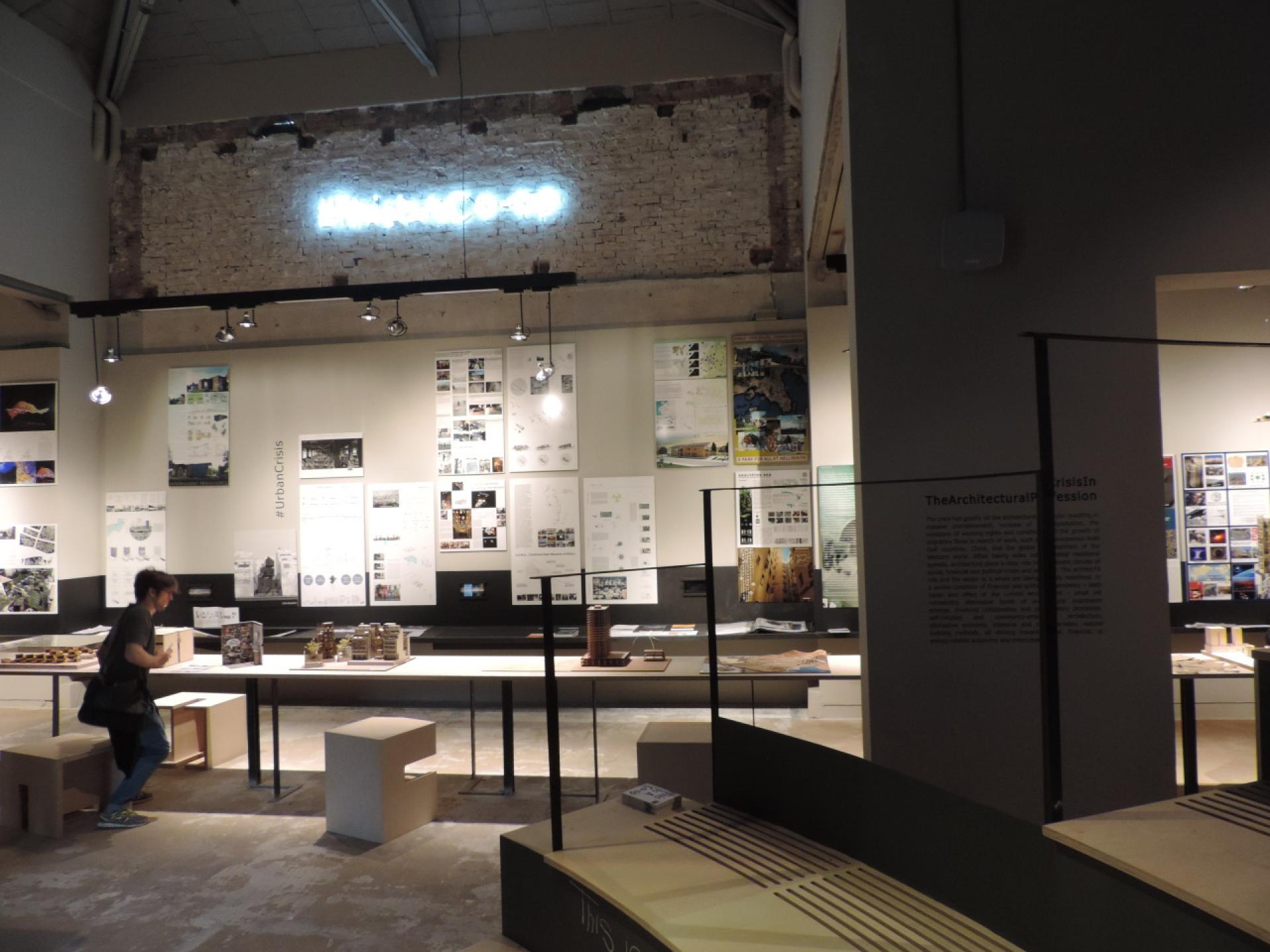
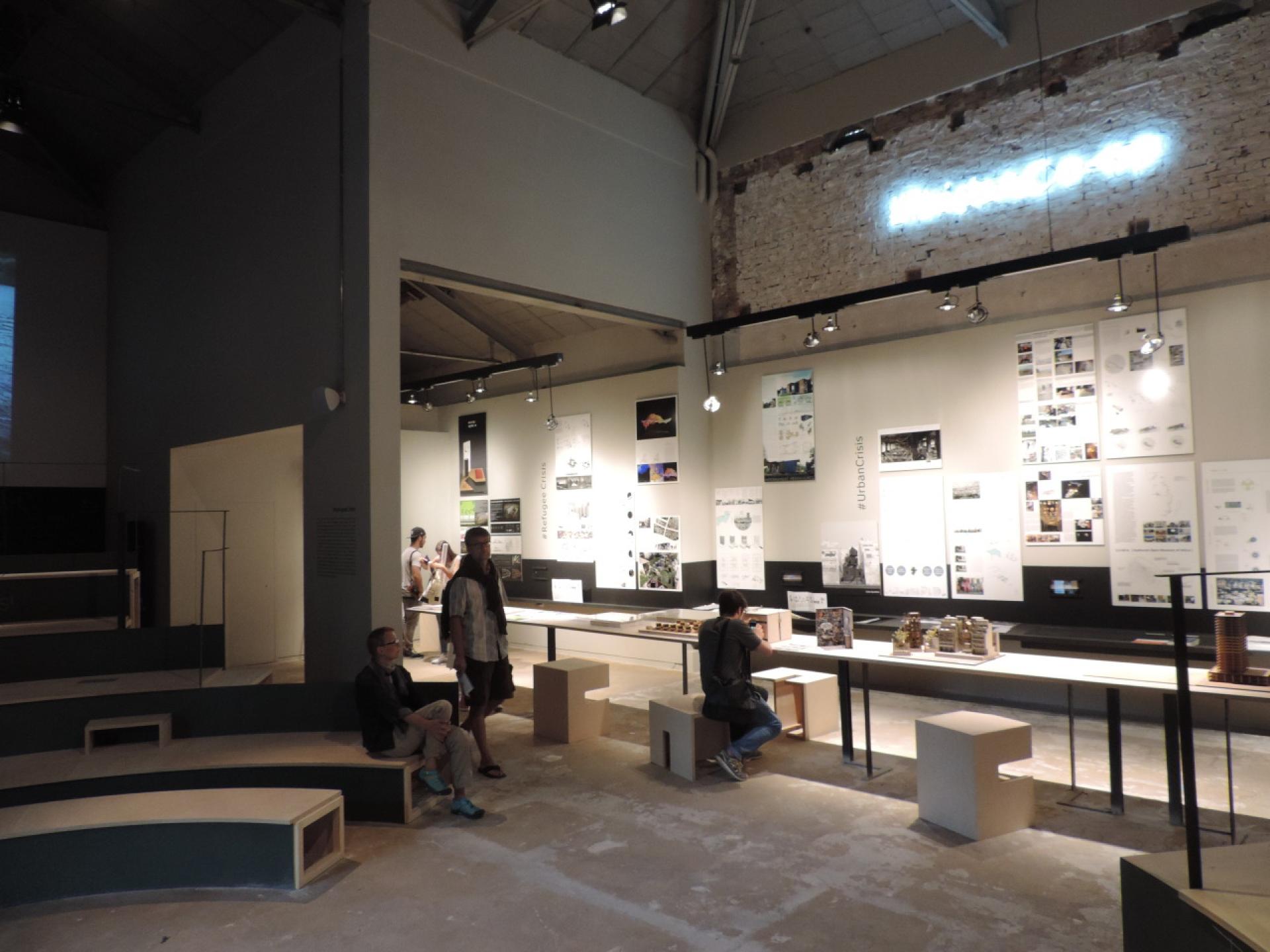
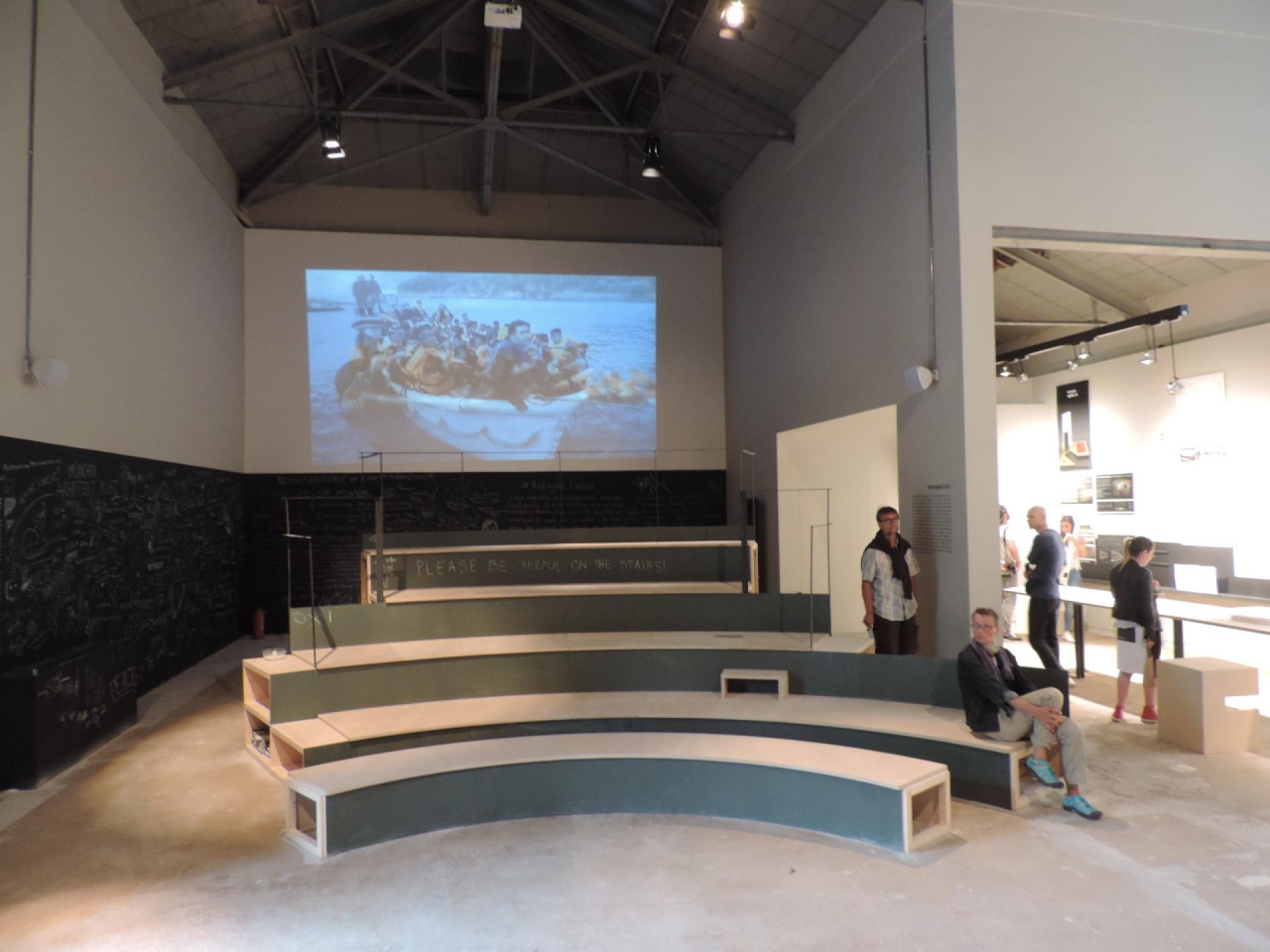
One year later, on top of the economic crisis, Greece had to face immigration flows from Syria and Middle East which affected dramatically the economy and society. At the end of the same year, the Ministry of Environment and Energy appointed the Association of Greek Architects – Greek Union of Architects for the first time as commissioner of the Greek Pavilion for the 15th Architecture Biennale under the topic "Reporting from the Front" by Alejandro Aravena. At the beginning of 2016 with only 5 months remaining till the Biennale’s opening, the Association launched an open call for ideas and a few days later held an open conference where all contributors could present their ideas and proposals. In the following days, as there was neither agenda nor structure for the project’s management, the Association announced that the preparation of the curatorial proposal and pavilion structure would be determined collectively through an open dialogue between the participants.
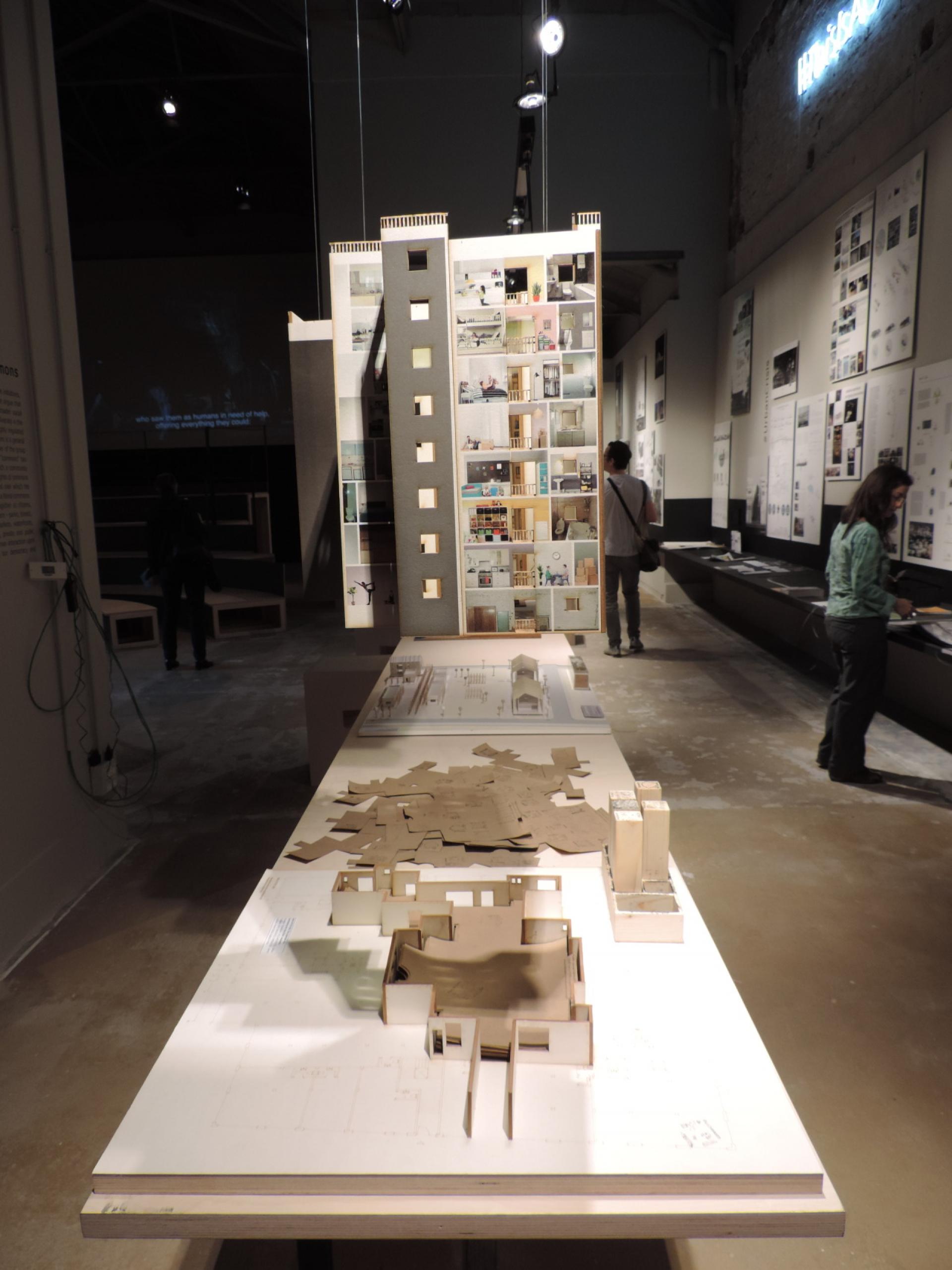
After the first meetings in which over 200 architects participated, smaller groups were formed and assigned with different tasks in order to manage Press and Communication, Pavilion’s Design, Sponsorships, Events and Catalogue’s editing. The different teams were supposed to work closely and come together once per week to brief all participants on the project’s progress. Through this process the curatorial team had the chance to ‘re-discover collective procedures, the participatory spirit, the unification, the consultation (…) and democracy through an on-going dialogue which did not stop at physical presence but extended to the Internet framework of communication’. Five months later, while the initial conference attracted more than 200 architects, after an extensive process only 140 participants managed to follow up until the end and make it to the pavilion’s opening in May.
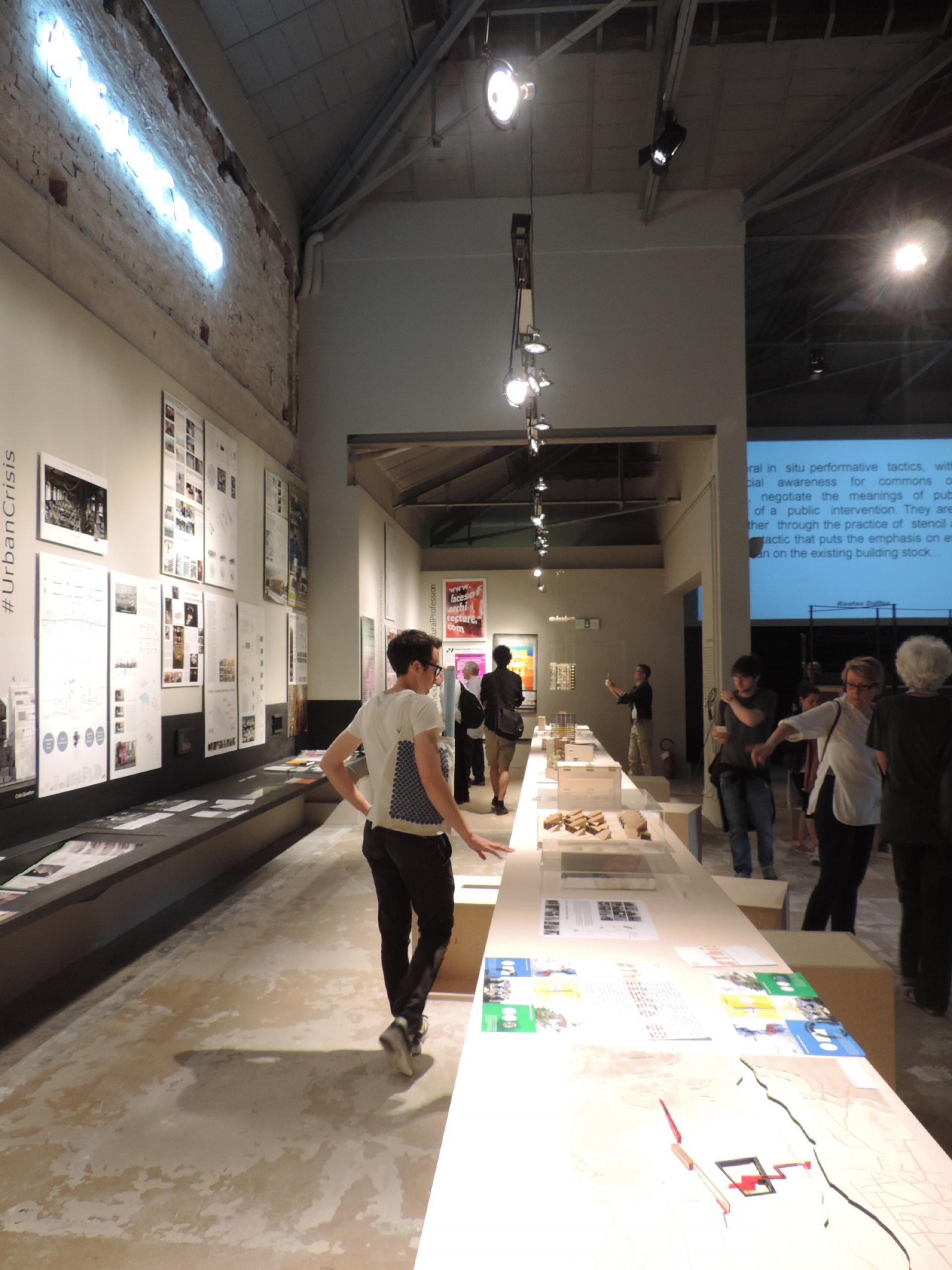
There’s room for all of us was the motto which had inspired the Greek participation. However, there were times during the process when the collective body couldn’t agree or decide collectively. There were times when individual voices were calling for a sabotage of the Biennale or suggesting for a bold statement to raise awareness regarding the refugees. There were even times when the collective was split, and the polyphony was creating confusion and chaos. Within the preparation period thousands of emails have been exchanged between participants and hundreds of hours were spent on web and live meetings in order for 140 people to conclude on complicated theoretical and technical issues. We quarrelled, we made it up, we quarrelled again. We were disappointed, we took fresh courage. During that lengthy and draining process some people left the group, while others who met for the first time became friends and work partners and there were even cases of people who were opposed or confronted during the overheated debates. It was definitely a difficult and challenging procedure which pushed most participants to their limits.
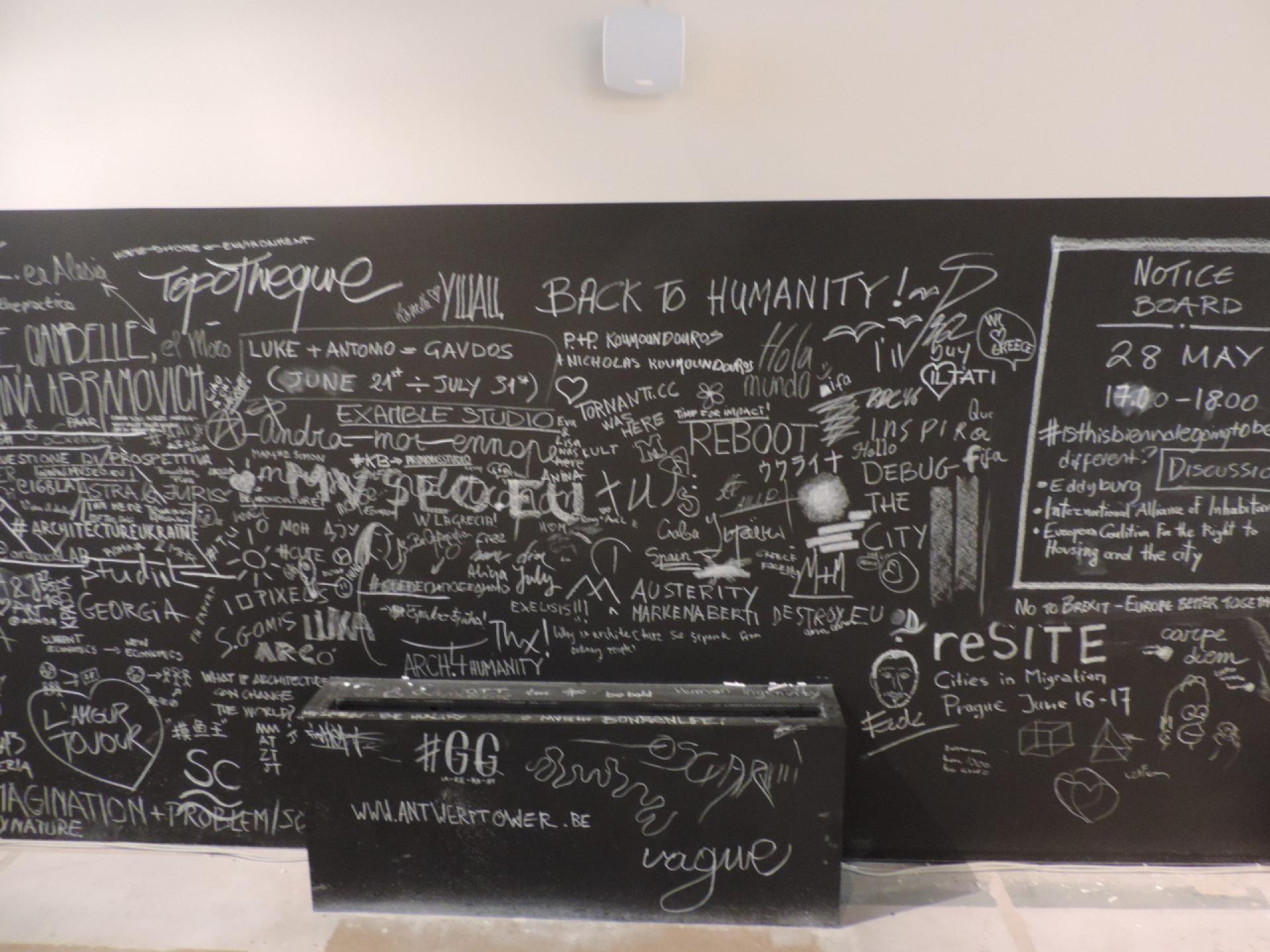

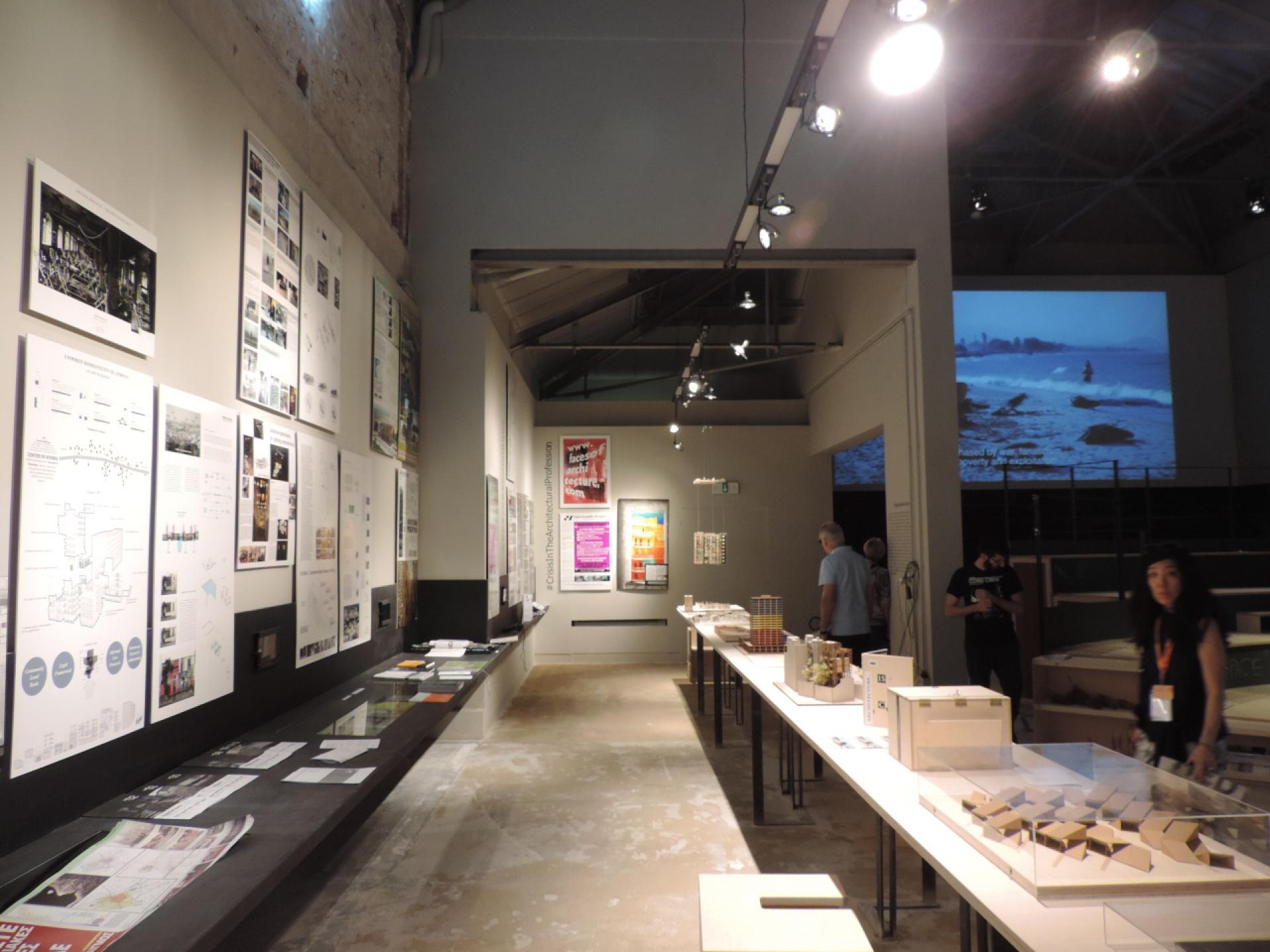
Only a few days before the opening the Pavilion was not ready and the number of participants who voluntarily would travel to Venice was not confirmed. A number of scheduled events was at risk and the funding had become a major issue while at the same time capital controls introduced in June in Greece made the situation even more complicated. Finally, the pavilion was completed just on time and some participants managed to get the funding and sponsorships to travel and organise their events in Venice. However, even within the 7-month period of the Biennale the collective had several arguments and numerous issues kept coming up.

Most participants ended up having bittersweet memories of their participation, but we could all agree that it was a useful experience through which certain lessons have been learnt especially on horizontal, non-hierarchical bodies and how they operate. There are definitely limitations in such schemes and balance is hard to be achieved between the individual and the collective. We could all agree that we would do a lot of things differently next time, however #ThisisACo_op was a very representative approach expressing the spirit and challenges of the time in a very critical moment for Greece.
ThisIsACo_op
The title of the Greek entry at the 15th Venice Architectural Biennale - ♯ThisIsACo_op - attempts to give expression to the nature of the process by means of which this participation has been realised, and also to express its basic argument on the importance of collective, co-operative, and democratic action. The choice of the title arose for an additional reason: as a reversal of the familiar hashtag ♯ThisIsACoup, which predominated on the internet after the frustration of the will of the overwhelming majority of the Greek people in the referendum of 5/7/2015, when it said ‘OCHI’ to the proposals of the creditors (the European Union and International Monetary Fund) for the imposition on Greece of new and extreme policies of austerity.
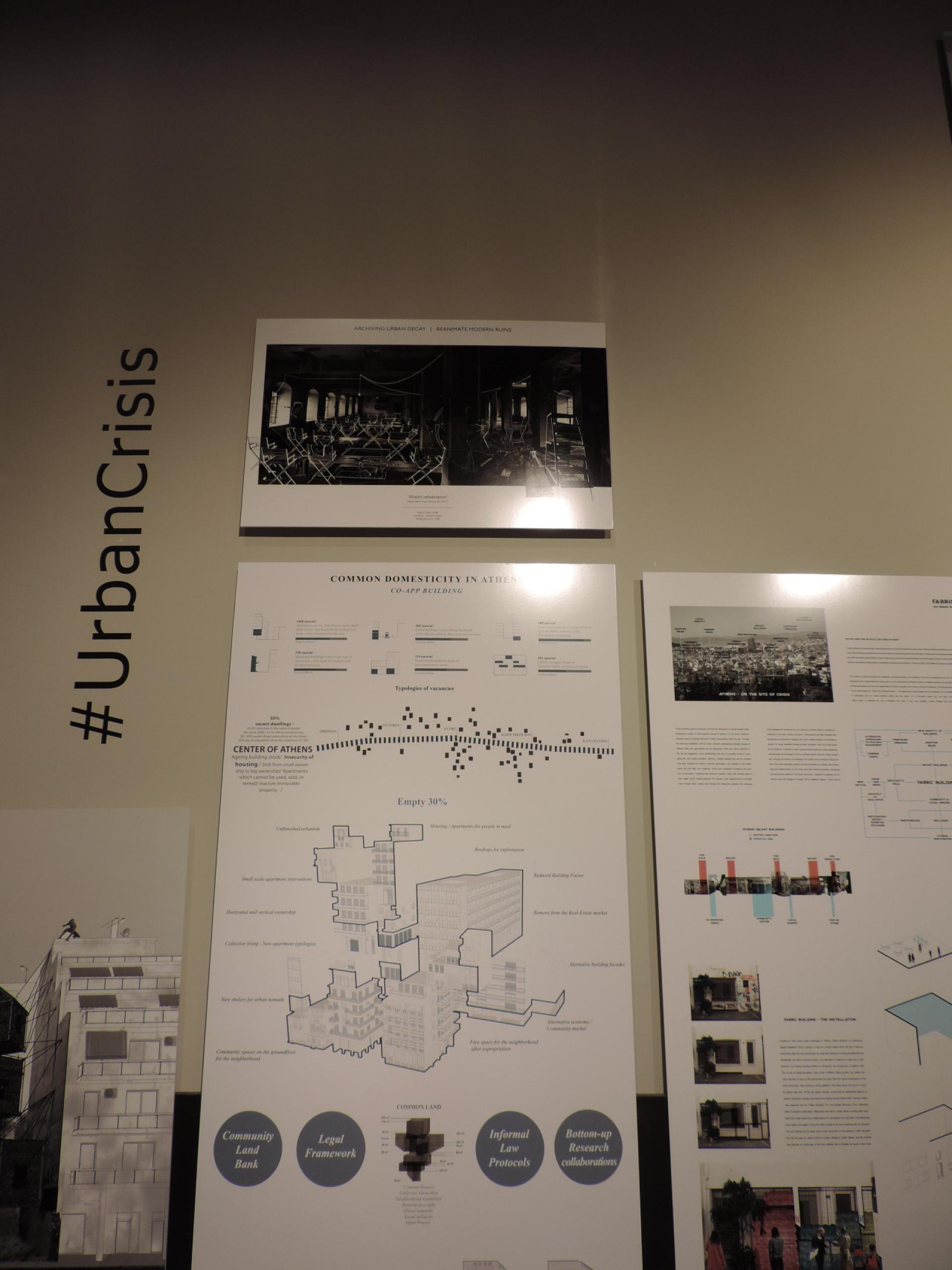
The logic of the use of the title as a hashtag is a further expression of an endeavour by means of which, as is the case with a hashtag, many different apprehensions people, and situations give rise to a common resultant, express themselves in the same space, and make up a unified body.
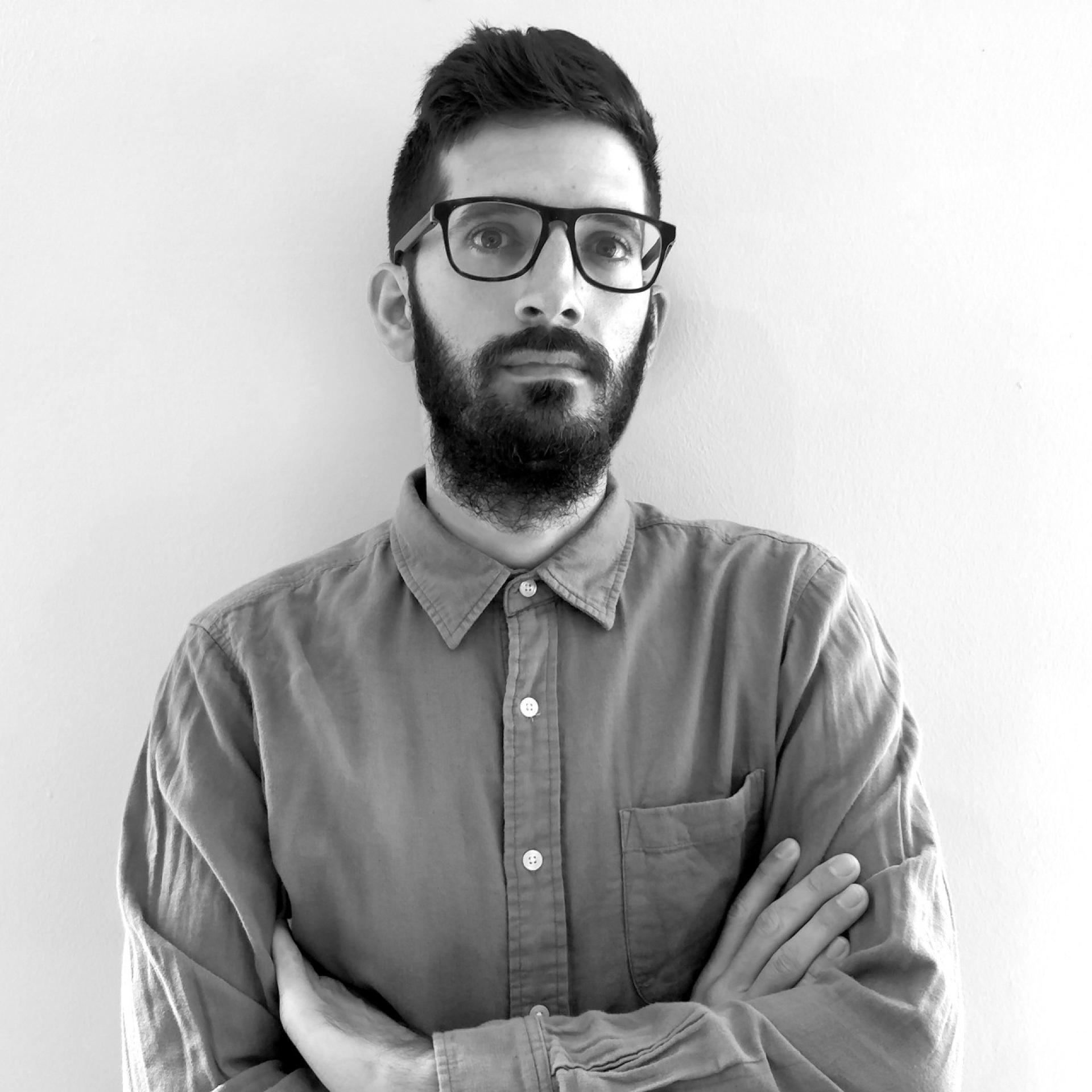
Dimitris Grozopoulos is an Architect and Urban Designer. He studied Architecture at the Aristotle University of Thessaloniki and holds a Master’s in Landscape & Urbanism from Kingston University London. After his graduation he has been teaching at the Master programme in Kingston University and has participated in crits and design workshops. His work has been featured in magazines, conferences and exhibitions such Architecture Drawing Prize exhibition at Sir John Soane’s Museum in London (2018), Future Architecture Platform programme (2017), Venice Architecture Biennale (2016), 3rd Think-Space Unconference in Zagreb (2013), etc. His main interest is focused on urban decay, regeneration strategies and brownfield sites. Within the last few years, he has been involved in several architecture and masterplan projects as well as in in numerous international competitions.